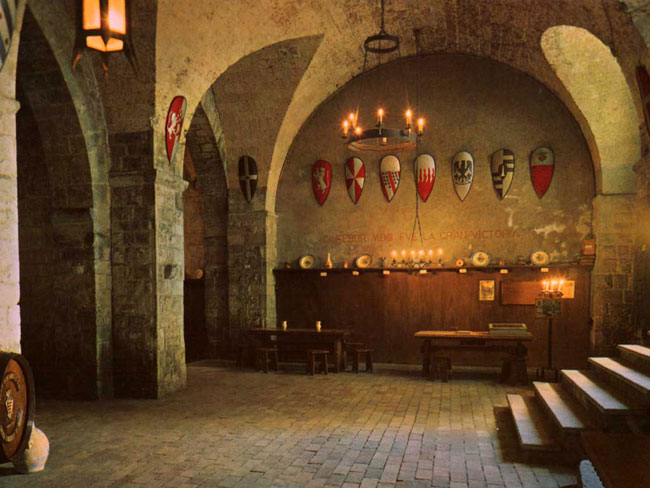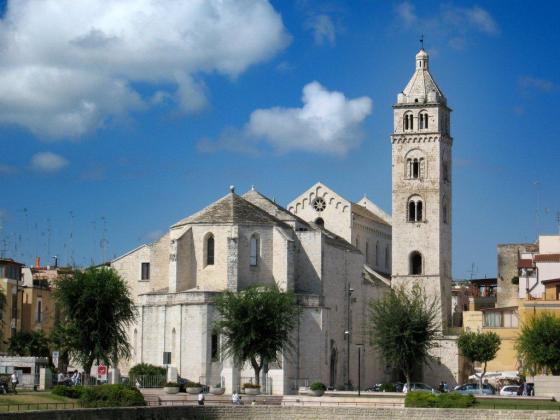Category: Sites of interest in Barletta
Winery of the Disfida
The Winery of the Disfida, also known as the home of Poison, is the famous ancient tavern, known as “Winery of the Sfida”. According to the knightly costumes, it was here that a succulent lunch was anciently set up, in honour of the French who had been defeated during a battle with the Spanish.
Between history and legend, it is said that in early 1503, during a lunch, the Frenchman La Motte, with impudence and arrogance would praise his soldiers and despise the Italians, by defining them cowards, inept and disloyal. During the banquet, intoxicated by the excellent wine of Barletta, the French knights, among whom the figure of the proud La Motte stands out, sit with the Spanish, including the capitain Don Diego from Mendoza, who provokes the French by comparing their values to that of his Italian allies.
La Motte and his men do not accept what they say is a great insult: to be compared to the “coward” Italians. At this point the “Sfida” starts, it will only be a matter of organising a combat between the best warriors of both sides.
The Winery of the Disfida in Barletta is located inside the palace that, accoring to the sources, was the headquarters of the Grand Capitain of the Spanish troops in Italy, Don Consalvo from Cordova. The Winery is still nowadays a fascinating place full of history, absolutely worth visiting in order to live again the moment of the great insult.






